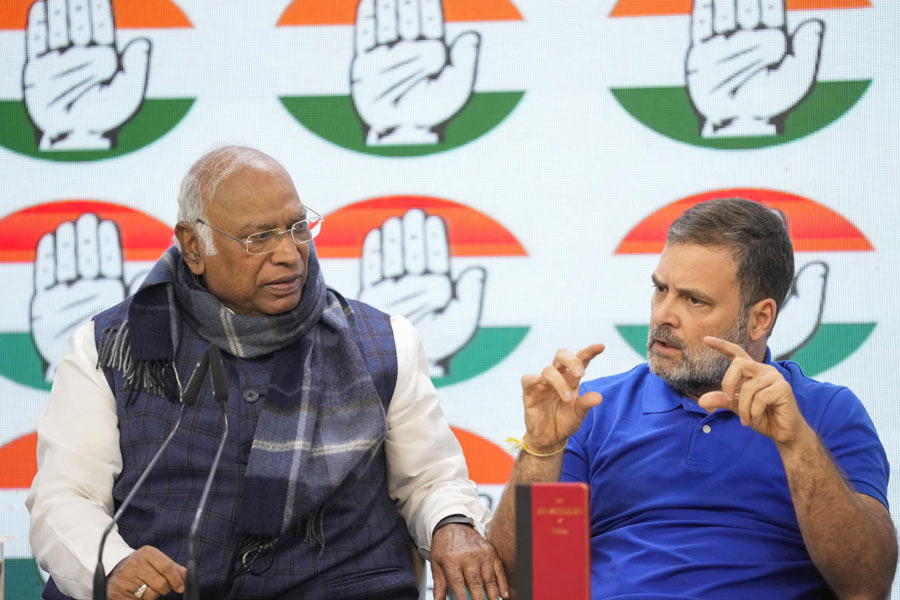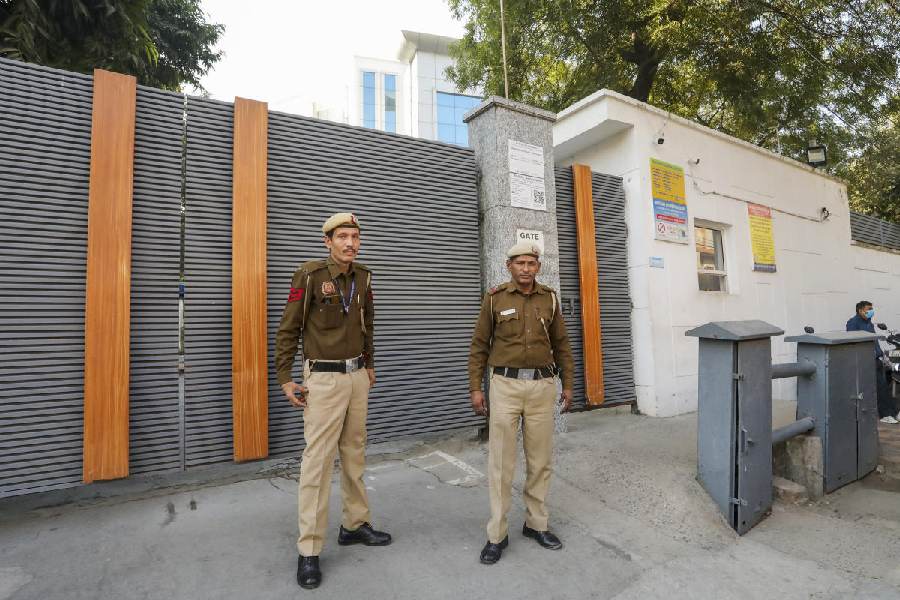
Baby boomers don’t boomerang in India; in fact, there are no baby boomers excepting in the imagination of indoctrinated Lauder scholars, who look upon India as a corrupted version of the US. The main function of American education is to produce clones of Gordon Gekko — “Greed is good” — and make money in the process.
There are no millennial milieus in India. Although pundits talk of millions of millennials, the truth is that India has Bablis and Buntys instead. (“The Bunty Syndrome,” a study by advertising agency Euro RSCG India, didn’t get enough attention. Its principal postulate that the Bablis and Buntys — small-town youngsters — were setting trends for the whole of India, lacked the appeal of The Fortune at the Bottom of the Pyramid which was about the American Dream, making money. The word ‘profits’ was part of the Fortune tome subtitle. Also forgotten today is “The Dhoni Effect: Rise of Small Town India” by EY.)
In the US, the millennials have overtaken the baby boomers in numbers. Says a Pew Research analysis: “Millennials have surpassed baby boomers as the nation’s largest living generation, according to population estimates released in April by the US Census Bureau. Millennials, whom we define as those aged 18-34 in 2015, now number 75.4 million, surpassing the 74.9 million boomers (aged 51-69). And Generation X (aged 35-50 in 2015) is projected to pass the boomers in population by 2028. So it provides an opportunity to look at efforts to straightjacket India into the US framework.
The baby boomers were those born after American troops returned home from World War II. But the earliest baby boom on record happened in England in Shakespeare’s time when the country was recovering from the effects of the Black Death and the 100 years’ war; what were the Merry Wives of Winsdor up to with The Two Gentlemen of Verona? India had no baby boom in the 1600s or the 1940s. The boom came much later with the drop in infant mortality rates and changes in fertility rates.
Pew categorises earlier generations as The Silent Generation (born between 1928 and 1945) and The Greatest Generation (before 1928). “The children who grew up during this time worked very hard and kept quiet,” says Study.com of the silent (silenced?) folks. “It was commonly understood that children should be seen and not heard. During this time, the House Committee on Un-American Activities launched an assault on political freedom in America.
This, in conjunction with Senator Joseph McCarthy’s overzealous attempts to feed anti-communist sentiment in America, made it dangerous for people to speak freely about their opinions and beliefs.” The Red (Indian) was replaced with the Red (under the bed).
In India, freedoms were cut off much later, during the Emergency. And the measures taken were hardly conducive to a population boom.
The Greatest Generation is a creation of journalist Tom Brokaw to describe the people who grew up during the Great Depression, and then went on to fight in World War II. India, at that time, was fighting for freedom. Different war, but the description could well be the same.
Reading between the lines, it is apparent that India does not lend herself to any such facile classification. It’s diverse. A Bengali Babli is different from a Punjabi Bubbles. And workplace trends (see box) in the Indian context are largely independent of “generation”. Boomerangs “return to plague the inventor” (ask Shakespeare) and a lady executive who wants to go global will go round.
BOOMERANGS AND BOOBOOS
New trends
Workers are returning to their former employers
When people quit a job, they probably don’t expect to ever work for that company again. But Spherion and Research Now found that nearly 30 per cent American workers have returned to a previous employer and another 41 per cent are open to it.
Employees are learning to be careful about what they say
A study by authors Joseph Grenny and David Maxfield, published on HRVoice.org, found that 83 per cent of employees have witnessed a colleague say something that had catastrophic results in the workplace, and nearly 70 per cent made a “catastrophic comment” themselves.
Working women want to go abroad
According to research by PwC, 71 per cent of millennial women want to work outside their home country, but women account for only 20 per cent of the internationally mobile population.
Source: Business News Daily











